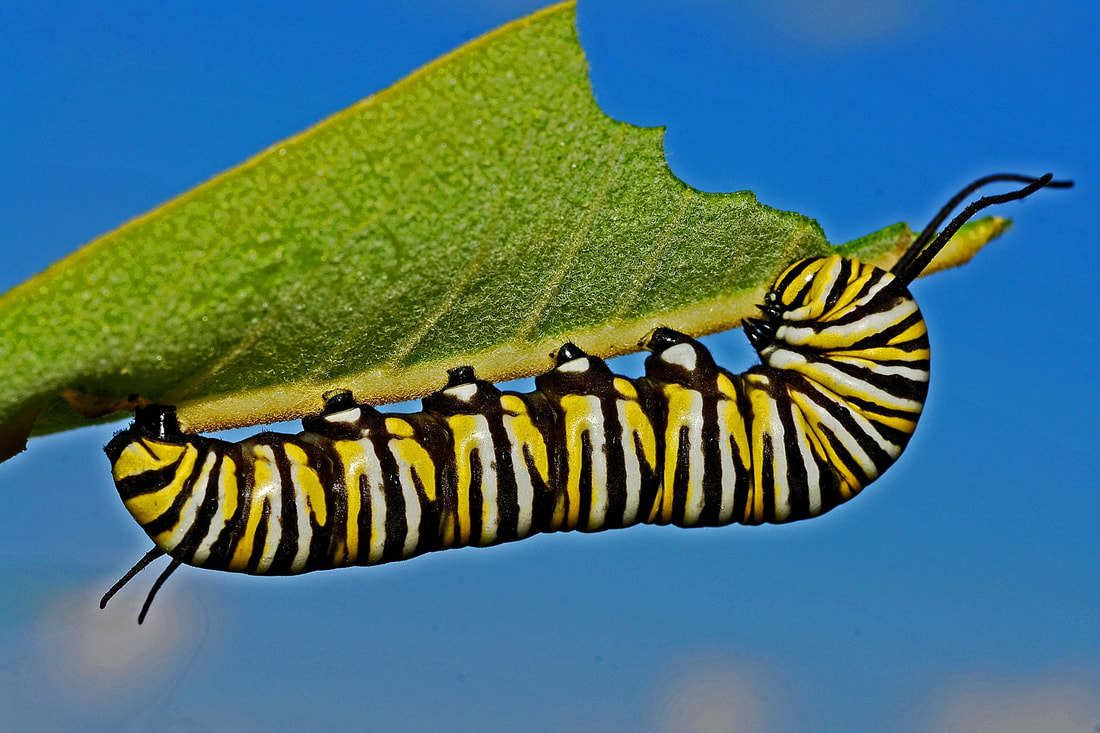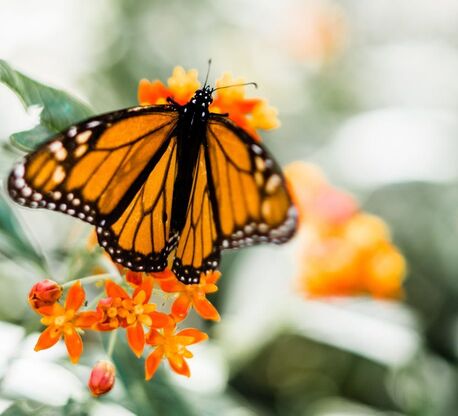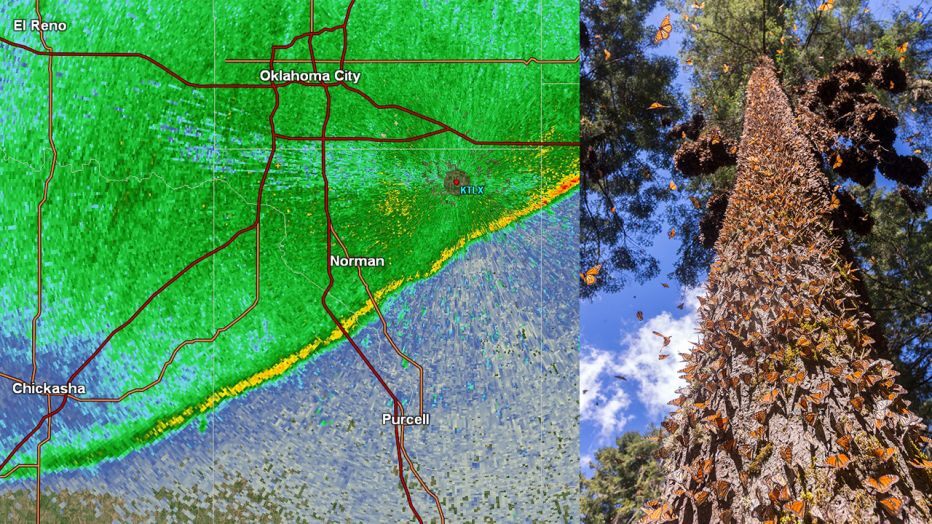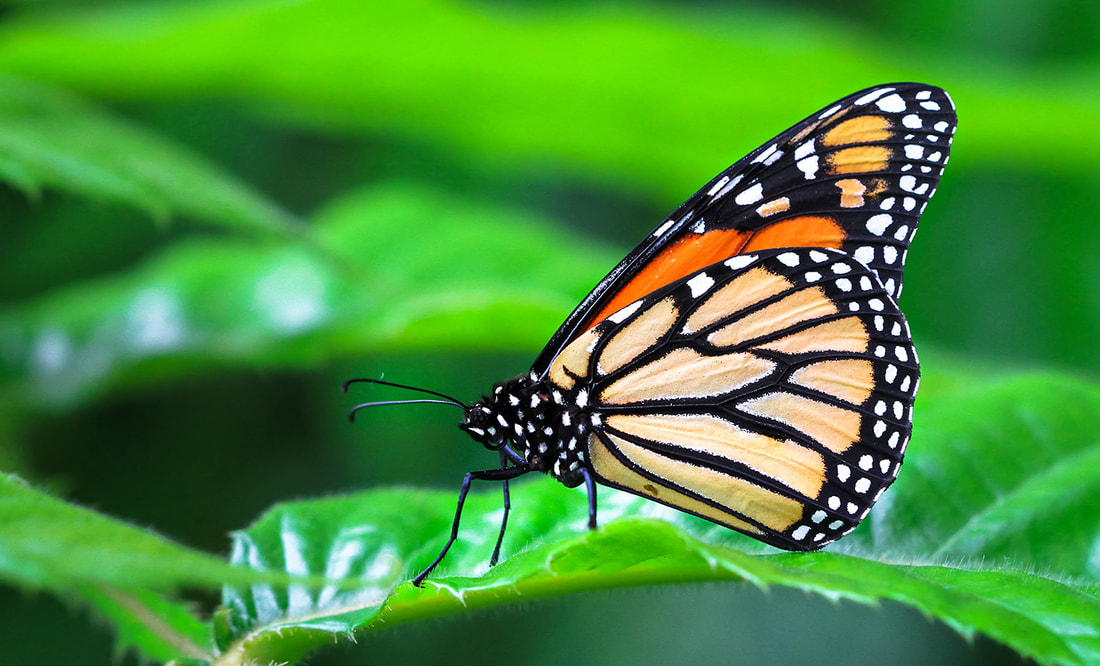Monarch Butterflies around
Rolling Hills Estates Improvements Association
Half a dozen neighbors have committed to growing milkweed in their yard to help with the Monarch Butterfly population--and its a good start!
|
Scelepias subulata, otherwise known as Desert Milkweed, is an easy to maintain desert flowering bush and a favorite flower of the Monarch Butterfly. While we all know the Monarch Butterfly as well as other pollinators are seriously endangered, we can contribute to their protection by providing a safe haven in our neighborhood.
By planting milkweed, we can help sustain an important part of the ecosystem and beautify our neighborhood at the same time! |
September is the ideal time to get started on your milkweed garden.We have one-gallon pots available for $6 and occasionally available for free! Milkweed favors good drainage as well as full sun. Established plants can tolerate long periods of drought. Excessive seasonal watering encourages succulent growth! Contact
Thank you Andre Lugo (Lot 15) of Green Goddess Nursery of Phoenix for your support of the Monarch Butterfly project. You can contact Andre directly at [email protected] with milkweed questions and strategies. PS We have free pollinator seed packs available designed to cover up to 200st ft. Contact the board for more information.
|
What does Milkweed look like?
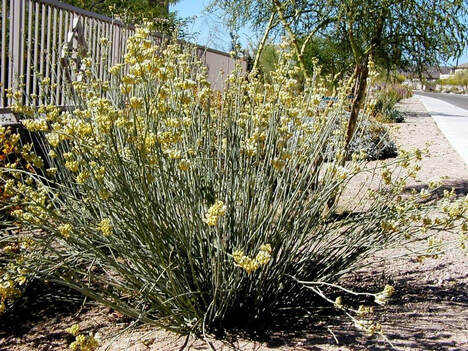
Desert Milkweed, Asclepias subulata, has long slender gray-green stems that grow upright to four feet from a woody base. The plants width can be 2-3 feet or more. Small lease 2-3 inches long by 1/8 to ¼ inch in width appear on the new growth. These leaves tend to drop quickly. The white milky sap that can ooze from the stems contains rubber. From early spring to fall the pale yellow flowers top each stem. The seed pod is horned shape and about 3” long. These pods when mature split open to disperse a silvery fluff of seeds.
The plant grows in southern Nevada, Western Arizona, California, Mexico, and Baja California. Watering: It likes moderate watering but can stand periods of drought. Excessive watering encourages succulent growth which attracts aphids which cause very little harm to the plants.
Exposure: The plants like full sun but will tolerate some partial shade for short periods. They tolerate temperatures to the low 20’s. They do attract butterflies when blooming.
The plant grows in southern Nevada, Western Arizona, California, Mexico, and Baja California. Watering: It likes moderate watering but can stand periods of drought. Excessive watering encourages succulent growth which attracts aphids which cause very little harm to the plants.
Exposure: The plants like full sun but will tolerate some partial shade for short periods. They tolerate temperatures to the low 20’s. They do attract butterflies when blooming.

